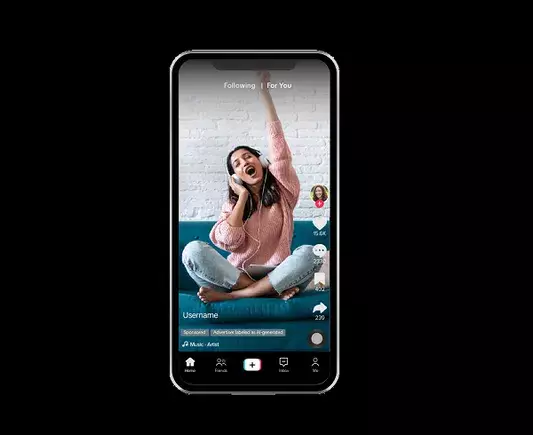TikTok has recently made significant changes to its ad targeting options for teens in the U.S. Advertisers are no longer allowed to use personalized targeting and campaign selections when reaching out to teen users on the platform. Instead, they can only use broad targeting options such as location, language, and device-related information. This move aims to safeguard teen user data from being exploited by advertisers in influencing their behavior. With approximately 25% of TikTok’s audience under the age of 20, this update could have a substantial impact on the platform’s advertising strategies.
In addition to the ad targeting restrictions, TikTok is also giving users more control over the ads they see based on their interests. Users can now choose to see more or fewer ads related to specific topics such as “Outdoor Sports” or “Racing Games”. This feature allows users to customize their ad preferences and only view content that aligns with their interests. Furthermore, the new “Disconnect Advertisers” feature enables users to prevent specific advertisers from using their off-TikTok data for personalized ads, enhancing user privacy and control.
Enhanced Transparency Through AI Disclosure
TikTok has implemented new AI disclosure requirements for ad partners to ensure transparency in ad content. Advertisers can now use a self-disclosure toggle in the TikTok Ads Manager to declare if an ad is AI generated. Users will be able to identify AI-generated ads through a designated label, helping them differentiate between human-created and AI-generated content. This move is particularly significant as TikTok introduces virtual influencers and AI avatars to promote products within the app. By labeling AI content, TikTok aims to provide users with the necessary information to distinguish between real and digital personas.
As TikTok continues to evolve its platform and ad policies, it will be interesting to see how Western consumers respond to the introduction of AI avatars and virtual influencers. While these trends have seen success in the Chinese market, their reception in Western markets remains uncertain. The platform’s goal of boosting shopping activity through AI characters showcases its commitment to innovation and trendsetting. However, the success of such endeavors will depend on how users perceive and engage with this new form of content. With the new data control and ad restriction updates already in effect as of July 1st, TikTok is paving the way for a more transparent and user-centric advertising experience.
TikTok’s recent updates signify a step towards greater transparency and user control on the platform. By implementing stricter ad targeting options for teens, empowering users to customize their ad preferences, and introducing AI disclosure requirements, TikTok is setting a new standard for responsible advertising practices. As the platform continues to explore innovative trends such as virtual influencers and AI avatars, it will be crucial to monitor user feedback and market response to ensure a seamless transition towards these new features.


Leave a Reply